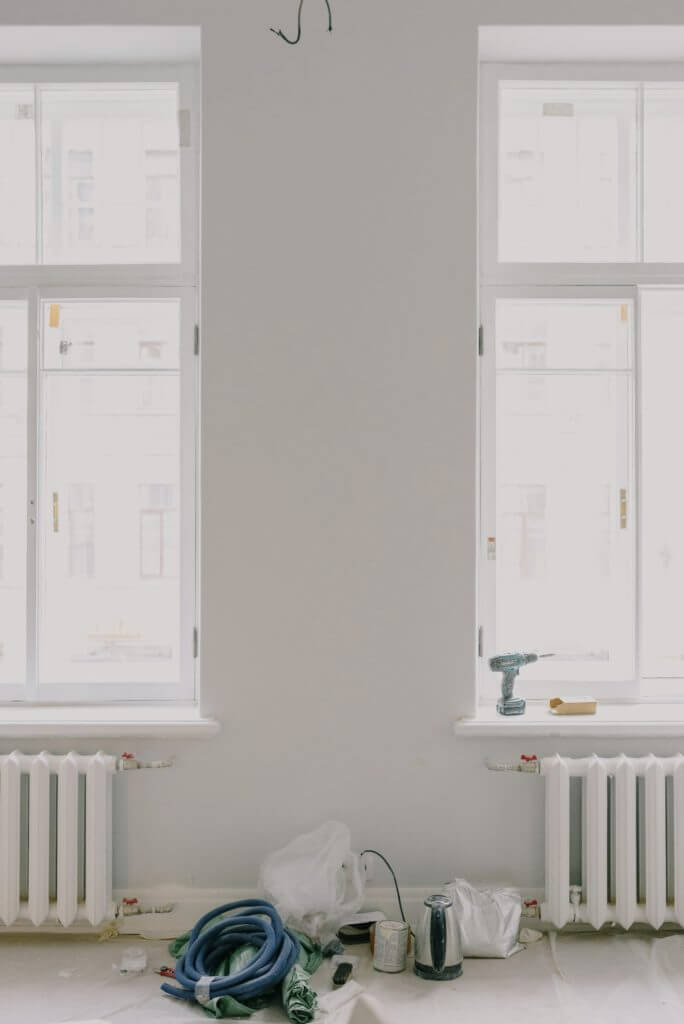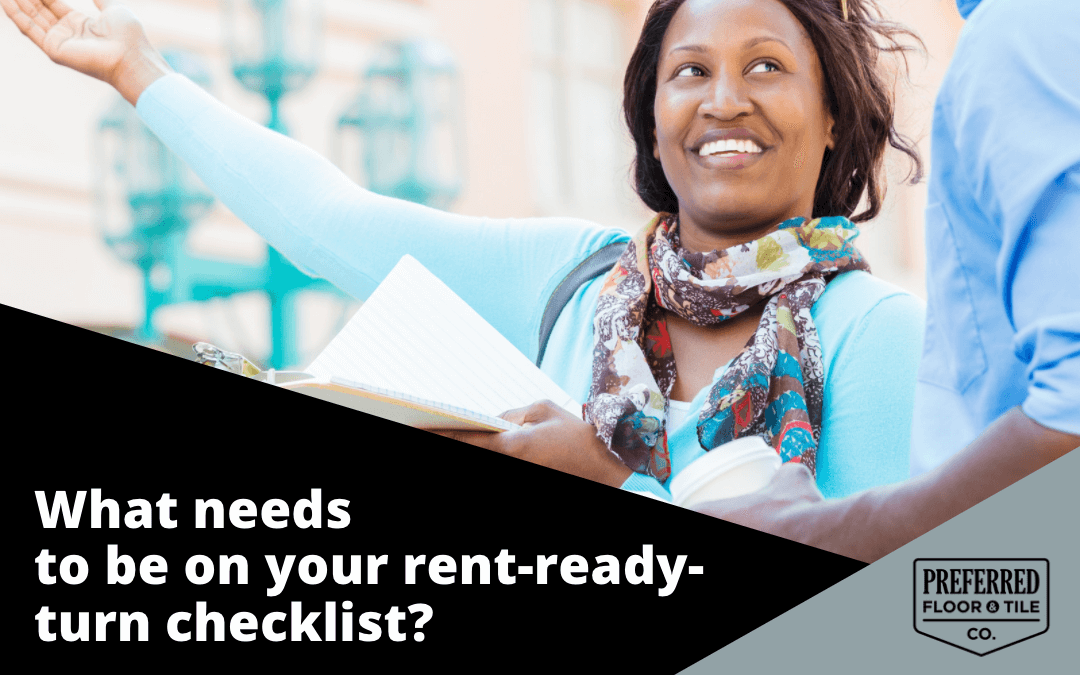One of your tenants has just told you that they are no longer in need of renting your property and they will not be renewing their lease. Now what? Thanks to all the marketing channels that are available these days, spreading the word about your newly available property should be relatively simple. But what about the other steps that are required in order to get a new tenant in asap? Knowing how to do the following 9 things properly is crucial to maintain your “amazing landlord” status.
What does tenant turnover mean exactly?
Tenant turnover is simply the maintenance process of getting a property ready for a new occupant. This can include cleaning, maintenance, and even signing a new lease. The rule of thumb is after one tenant leaves, you must restore the property to its original condition (or better) so someone new can come in.
When can the turnover process begin?
As soon as your current tenant gives a 60-day notice (or whatever is in your agreement), the turnover process can begin.

Here are 9 things to help you turn your property over quickly.
Advertise your rental immediately.
As soon as you get notice, begin listing the property everywhere. We suggest social media groups of people who help each other with various things inside the community such as a city page. (please follow all group rules before doing so)
Schedule your vendors for maintenance or repairs.
At the same time, begin scheduling any repairs you think the property needs to be in better condition than when it was first rented. It’s super helpful if you have a move-out-schedule that is standardized as much as possible so you can give it to your renter immediately when they notify you they’re moving out.
Schedule Showings and Tours
99% of people who are thinking about renting want to look at the property before finalizing a decision and rightly so! Before you begin showing the property to prospects, decide if you want to give tours while the property is still occupied or vacant. There are pros and cons to both.
The Final Walk-Through
Before you can let anyone move in, you must have a final walk-through with your current tenant. As you do the walk-through, reference the notes, photos, and videos taken during the move-in inspection you did with them. This will help you both determine if there is damage that exceeds normal wear and tear that will need to be repaired. This must be documented, and if you are able, according to your local laws, can be deducted from their deposit.
Make Necessary Repairs
Here is a checklist of repairs to help during this process…
- Fix anything that was listed as broken or damaged on the move-out checklist
- Renovate any outdated features (cabinets, countertops, toilets, flooring, tile in the shower, light fixtures, etc.)
- Inspect HVAC
- Change air filters
- Check for leaky drains and pipes, and other water damage
- Check drains for clogs
- Inspect water pressure
- Get plumbing inspected by a professional
- Check if all appliances are working (fridge, stove, oven, microwave, washer, dryer, etc.)
- Fix or replace appliances, if necessary (you might be able to donate, sell, or recycle appliances, depending on your local laws)
- Replace windows and window screens, if needed
- Tighten or loosen hardware (doorknobs, towel bars, handles on cabinets, etc.)
- Replace batteries in smoke and carbon monoxide detectors
- Replace lightbulbs
- Wipe walls before painting (always do this to remove any cobwebs, stains, dirt, and debris, which can prevent paint from sticking)
- Paint walls
Clean the Unit
A deep clean can freshen up a space and it’s also a safety precaution for your next tenant. Cleaning an entire apartment can get overwhelming, but you can always hire a professional cleaning company if you’re willing to spend some extra money. If you decide to clean yourself, focus on doing smaller tasks first and clean room by room.
Clean the floors last to ensure they’re spic and span before heading to the next room to clean. If you discover the rental property is excessively dirty, depending on state laws, you can also deduct cleaning costs from the security deposit. Remember to always document!
Here is a checklist for each area of your rental property to help you get everything sparkling clean.

- Bathroom
- Sink and cabinets
- Vanity/mirrors
- Tub/shower/surround area
- Toilet
- Floors/carpet
- Kitchen
- Sink and disposal
- Cabinets and drawers
- Countertops
- Microwave
- Dishwasher
- Stove and oven
- Fridge and freezer
- Floors/carpet
- Entire Apartment/Rental
- Light fixtures
- Walls and doors*
- Laundry
- Closets and other storage areas
- Trim molding
- Windows and blinds
- Ceilings
- Floors/carpet
*Tip: try using a magic cleaning sponge to remove stubborn marks from walls and other surfaces.
Change the Locks or Rekey the Property
We think this one is a no-brainer but important to always mention.
Avoid Turnover
The absolute best way to avoid a high-cost turnover is to simply reduce your turnover rate. Lease renewal would mean you don’t have to worry about finding new tenants which means you don’t have to worry about these repairs at the moment.
Always Have a Checklist
Being a property owner is no easy task. If it were easy, everyone would own property. Put together checklists for everything you can, this helps with documenting important things like your leasing process, turnover process, etc. Trust us, you’ll thank us later.
Read more about Multifamily Go Here →


